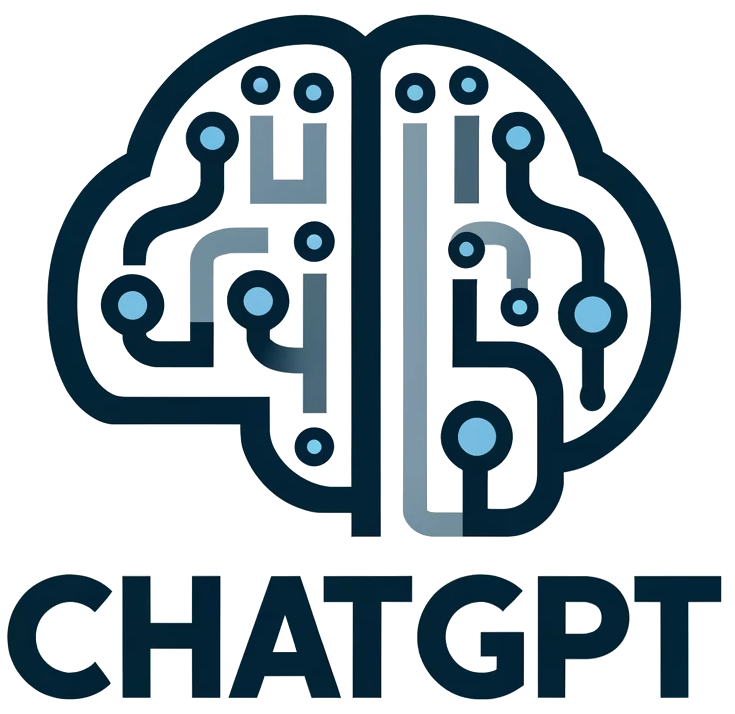How Python has influenced artificial intelligence

How Python has influenced artificial intelligence
Introduction
Python has become a popular programming language for artificial intelligence due to its simplicity, readability, and extensive libraries. Its versatility and ease of use have made it a preferred choice for developing AI applications and algorithms. Python’s flexibility allows developers to quickly prototype and test AI models, making it an essential tool in the field of artificial intelligence.
Machine Learning Algorithms in Python
Python has become one of the most popular programming languages in the world, and its influence can be seen in a wide range of fields, including artificial intelligence. In recent years, Python has emerged as the language of choice for developing machine learning algorithms, which are a key component of artificial intelligence systems.
One of the main reasons why Python has become so popular in the field of artificial intelligence is its simplicity and readability. Python is known for its clean and easy-to-understand syntax, which makes it an ideal language for developing complex algorithms. This simplicity allows developers to focus on the logic of their algorithms, rather than getting bogged down in the details of the language itself.

Another reason why Python has become so popular in the field of artificial intelligence is its extensive library support. Python has a vast ecosystem of libraries and frameworks that are specifically designed for machine learning and artificial intelligence development. These libraries provide developers with a wide range of tools and resources that make it easier to build and deploy machine learning algorithms.
One of the most popular libraries for machine learning in Python is scikit-learn. Scikit-learn is a powerful library that provides a wide range of tools for building and training machine learning models. It includes a variety of algorithms, such as support vector machines, random forests, and k-nearest neighbors, as well as tools for data preprocessing and model evaluation.
Another popular library for machine learning in Python is TensorFlow. TensorFlow is an open-source machine learning library developed by Google that is specifically designed for building deep learning models. TensorFlow provides a wide range of tools for building neural networks, including tools for automatic differentiation, model optimization, and distributed training.
In addition to scikit-learn and TensorFlow, there are many other libraries and frameworks in Python that are specifically designed for machine learning and artificial intelligence development. These libraries provide developers with a wide range of tools and resources that make it easier to build and deploy machine learning algorithms.
Python’s popularity in the field of artificial intelligence has also been driven by its strong community support. Python has a large and active community of developers who are constantly working to improve the language and develop new tools and resources for machine learning and artificial intelligence development. This community support makes it easier for developers to find help and resources when they run into problems or need guidance on how to build and deploy machine learning algorithms.
Overall, Python has had a significant influence on the field of artificial intelligence, particularly in the development of machine learning algorithms. Its simplicity, readability, extensive library support, and strong community make it an ideal language for building and deploying artificial intelligence systems. As the field of artificial intelligence continues to grow and evolve, Python is likely to remain a key player in its development.
Natural Language Processing with Python
Python has become one of the most popular programming languages in the world, and its influence can be seen in a wide range of fields, including artificial intelligence. In particular, Python has had a significant impact on natural language processing (NLP), a branch of AI that focuses on enabling computers to understand, interpret, and generate human language.
One of the key reasons why Python has become the go-to language for NLP is its simplicity and readability. Python’s clean syntax and easy-to-understand structure make it an ideal choice for developers working on complex NLP projects. This has made it easier for researchers and practitioners to experiment with different algorithms and techniques, leading to rapid advancements in the field.

Another factor that has contributed to Python’s popularity in NLP is its extensive library support. Python boasts a rich ecosystem of libraries and frameworks that are specifically designed for NLP tasks. Libraries like NLTK (Natural Language Toolkit) and spaCy provide developers with a wide range of tools and resources for processing and analyzing text data. These libraries make it easy to perform tasks like tokenization, part-of-speech tagging, and named entity recognition, allowing developers to focus on building innovative NLP applications.
In addition to its simplicity and library support, Python’s versatility has also played a key role in its adoption in the NLP community. Python can be easily integrated with other programming languages and tools, making it a flexible choice for developers working on interdisciplinary projects. This flexibility has enabled researchers to combine NLP with other AI techniques, such as machine learning and deep learning, to create more powerful and sophisticated language models.
One of the most notable examples of Python’s influence on NLP is the development of transformer models like BERT (Bidirectional Encoder Representations from Transformers). These models have revolutionized the field of NLP by achieving state-of-the-art performance on a wide range of tasks, including question answering, sentiment analysis, and language translation. BERT and other transformer models rely on deep learning techniques to process and understand text data, and Python’s support for deep learning frameworks like TensorFlow and PyTorch has been instrumental in their development.
Python’s impact on NLP extends beyond research and development to education and training. The accessibility of Python and its user-friendly nature have made it an ideal language for teaching NLP concepts to students and beginners. Many universities and online courses now use Python as the primary programming language for NLP courses, helping to train the next generation of AI researchers and practitioners.
Overall, Python has had a profound influence on the field of artificial intelligence, particularly in the area of natural language processing. Its simplicity, readability, library support, versatility, and deep learning capabilities have made it the language of choice for developers working on NLP projects. As the field of AI continues to evolve, Python is likely to remain a key player in shaping the future of NLP and driving innovation in language understanding and generation.
Python Libraries for AI Development
Python has become one of the most popular programming languages in the world, and its influence can be seen in a wide range of fields, including artificial intelligence (AI). In fact, Python has played a significant role in the development of AI technologies, thanks in large part to the wide array of libraries and tools that have been developed specifically for AI applications.
One of the key reasons why Python has become so popular in the field of AI is its simplicity and ease of use. Python is known for its clean and readable syntax, which makes it easy for developers to write and maintain code. This is particularly important in the field of AI, where complex algorithms and models are often used to analyze and process large amounts of data.
Another reason why Python has become so popular in AI development is the availability of a wide range of libraries that are specifically designed for AI applications. These libraries provide developers with a set of tools and functions that can be used to build and train AI models, making it easier to develop sophisticated AI systems.
One of the most popular libraries for AI development in Python is TensorFlow, which was developed by Google and is widely used for building deep learning models. TensorFlow provides a flexible and powerful framework for building and training neural networks, making it ideal for a wide range of AI applications.
Another popular library for AI development in Python is scikit-learn, which provides a set of tools for building and training machine learning models. Scikit-learn is known for its ease of use and flexibility, making it a popular choice for developers who are new to AI development.

In addition to these libraries, Python also offers a wide range of tools and frameworks that can be used to build and deploy AI applications. For example, PyTorch is a popular deep learning framework that is widely used for building and training neural networks. PyTorch provides a flexible and powerful platform for developing AI applications, making it a popular choice for developers who are looking to build sophisticated AI systems.
Overall, Python has had a significant impact on the field of artificial intelligence, thanks to its simplicity, ease of use, and the wide range of libraries and tools that are available for AI development. Whether you are a seasoned AI developer or just getting started, Python is a great choice for building and deploying AI applications. So why not give it a try and see how Python can help you bring your AI ideas to life?
Conclusion
Python has greatly influenced artificial intelligence by providing a versatile and easy-to-use programming language that allows for rapid development and experimentation with AI algorithms and models. Its extensive libraries and frameworks, such as TensorFlow and PyTorch, have made it a popular choice for AI development, enabling researchers and developers to create sophisticated AI applications with relative ease. Python’s simplicity, readability, and flexibility have played a significant role in the growth and advancement of artificial intelligence technologies.
